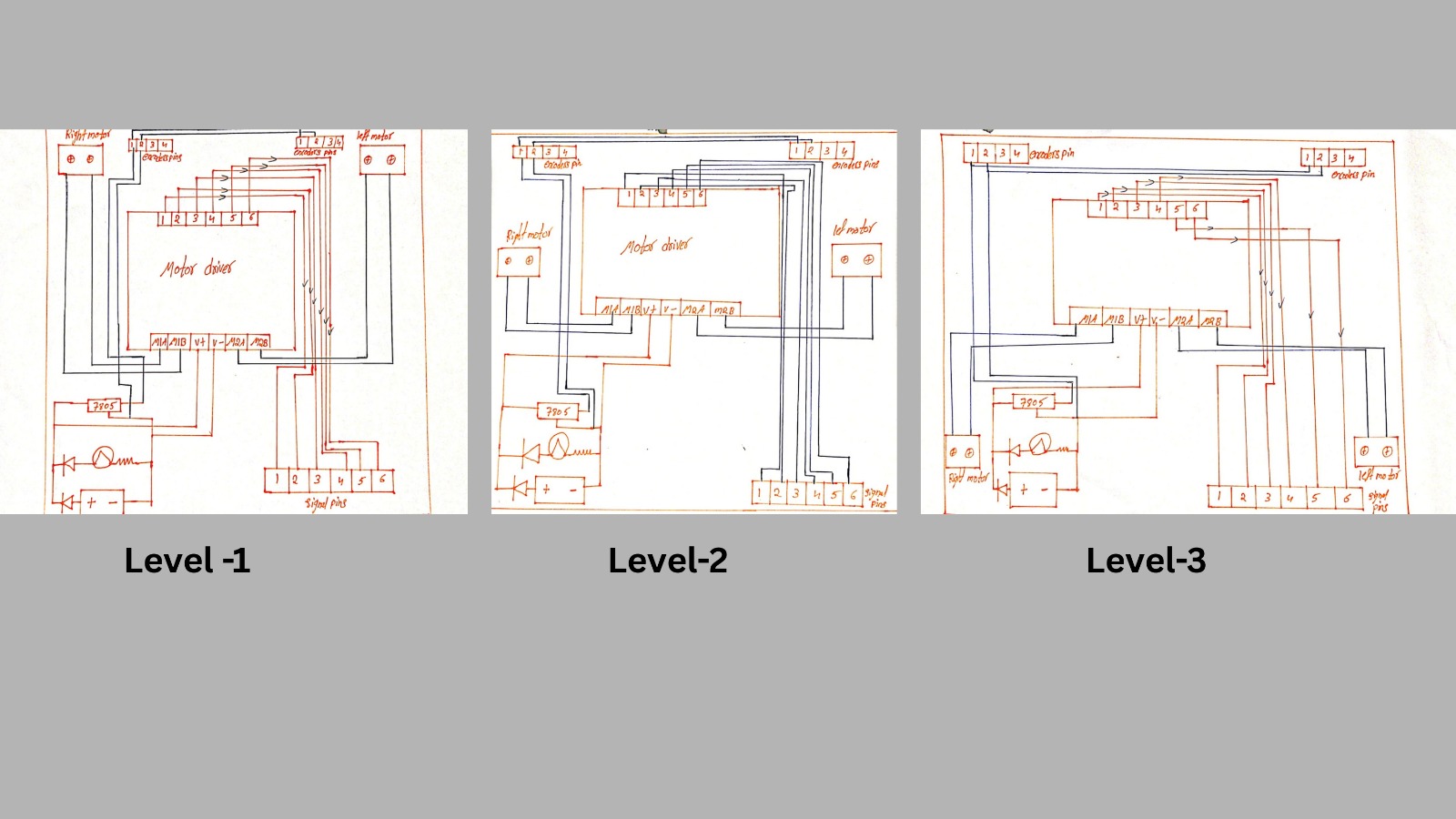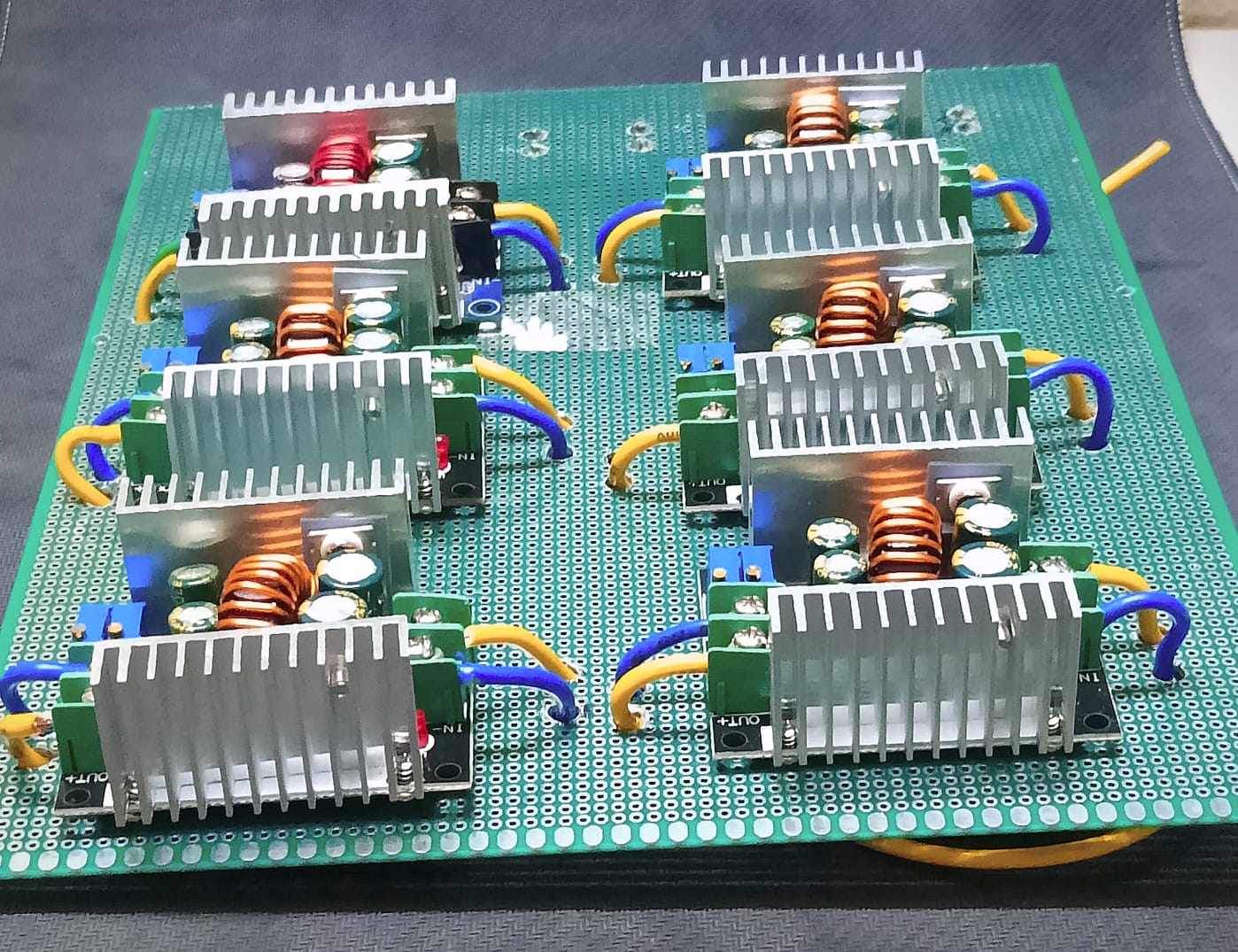· Dhipin, Hanish · 2 min read
Constructing an RSSI-Directed Directional Mechanism for TP-Link Antennas
Secure communication is the core of any rover system, and the antenna subsystem is the link that sustains the rover connected to its origin.

While omnidirectional antennas offer isotropic coverage at the expense of weak linkages, directional antennas like TP-Link offer much more robust links and longer range through concentrating energy in a beam. The difficulty rests in maintaining that beam aimed in the correct direction as the rover travels.
An applicable solution is to build a direction-finding mechanism based on RSSI, the Received Signal Strength Indicator. Rather than using external positioning, the rover utilizes the strength of the communication signal itself as feedback to direct the antenna. This makes the communication subsystem an optimizing system that always aligns for optimum link.
The deployment starts by installing the TP-Link directional antenna on a motorized mount that can be controlled to rotate. The system reads RSSI values indicated by the radio link as the platform traverses its angle. The position at which the RSSI is highest is chosen as the alignment, and the antenna is fixed at that angle. Once calibrated, the mechanism proceeds to watch RSSI, compensating with fine tuning every time the signal suffers as a result of rover movement, changing topography, or environmental interference.
Such a design makes for a closed loop where the radio and antenna cooperate. The motor generates movement, the radio supplies feedback in terms of RSSI, and a control algorithm decides how to respond.
Through dependence solely on RSSI for alignment, the mechanism adjusts itself to actual conditions. It compensates automatically for reflections, interference, and rover orientation without any external references. This method is straightforward and efficient: the rover always points its strongest antenna towards where the signal is best.
An RSSI-directed directional mechanism converts a static antenna mount to an intelligent subsystem. It increases range of communication, stabilizes the link, and ensures the rover can still communicate with its base station even under complicated maneuvers. For mission-critical communication, this approach achieves the optimal balance between pragmatism and performance.



